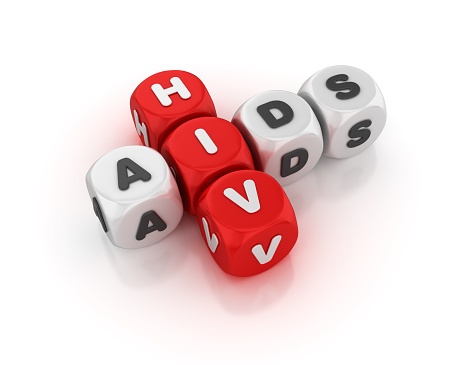Researchers conducted a trial to evaluate what potential mechanisms of a social media-based intervention (Run4Love) improved the long-term quality of life (QOL) in people living with HIV over a nine month period. The report was published in the Journal of Medical Internet Research.
According to co-lead authors, Yiran Li and Yan Guo, their findings suggested that “the long-term intervention effect on QOL improvement was entirely mediated by the reduction of stigma in the short term and reduction of depressive symptoms in the mid-term.”
The study enrolled 300 patients with HIV who were experiencing elevated depressive symptoms from an outpatient clinic in South China. The participants were randomized to either the study group, which received a 3-month intervention via WeChat that provided cognitive-behavioral stress management (CBSM) courses and promoted physical activity, or the control group, which received a brochure on nutrition guidelines as well as standard care for HIV treatment. The primary outcome assessed was depressive symptoms. Structural equation model (SEM) examined the impact of HIV-related stigma and depressive symptoms on the long-term efficacy of QOL interventions.
The authors assessed the participants at three, six, and nine months. They wrote that the intervention significantly improved participants’ QOL at nine months through “complete mediating effects of reduced HIV-related stigma at 3 months and decreased depressive symptoms at 6 months.”
Among other limitations, the study acknowledged it only focused on the effect of HIV-related stigma and depressive symptoms and did not include other variables like stress, social support, and self-efficacy that could also mediate long-term intervention efficacy.
The researchers called for targeted interventions—especially social media-based interventions—that can address HIV-related stigma and alleviate depressive symptoms to improve QOL among people living with HIV. They proposed further research to explore the mechanisms of mobile health interventions.









